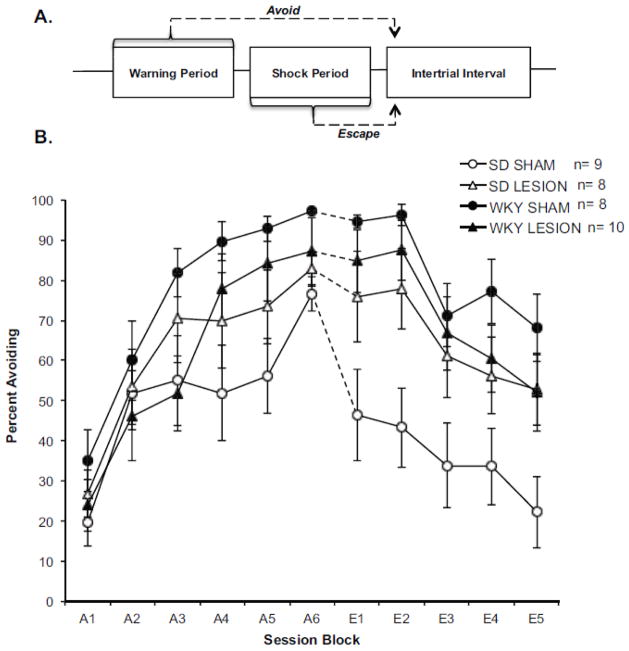Figure 7. Lesions to the PL Cortex Promote Extinction-Resistant Avoidance Behavior.
A) Shown is a diagram illustrating an avoidance trial. Each trial begins with the presentation of a 60s warning tone. A leverpress response made during this period constitutes an avoidance response. If a rat fails to respond within 60s footshocks are initiated. A lever-press response made during the shock period constitutes an escape response. A lever-press response during either period sends the rat into a 3-min intertrial interval (ITI) that is free of shock. B) Ibotenic acid lesions were made to the PL cortex of Sprague Dawley (SD) and Wistar Kyoto (WKY) rats prior to avoidance training. Graph represents mean percentage of avoidance responses per session block (session block = 2 training sessions) for SD (open) and WKY rats (closed) with ibotenic acid (triangle) or sham (circle) lesions. Acquisition session blocks are denoted with an “A” and extinction session blocks are denoted with an “E”. While WKY rats acquired lever-press avoidance faster than SD rats, PL cortex lesions had no effect on the rate of acquisition in either strain. Conversely, PL cortex lesions had a significant effect on extinction training in a strain dependent manner. WKY sham rats showed a characteristic resistance to extinguish avoidant responding compared to SD sham rats. In WKY rats, PL cortex lesions had no effect on this behavior. However, PL cortex lesions in SD rats impaired extinction similar to levels observed in WKY sham and lesion rats. The asterisk (*) represents a significant difference between the SD lesion and SD sham groups during extinction training.

